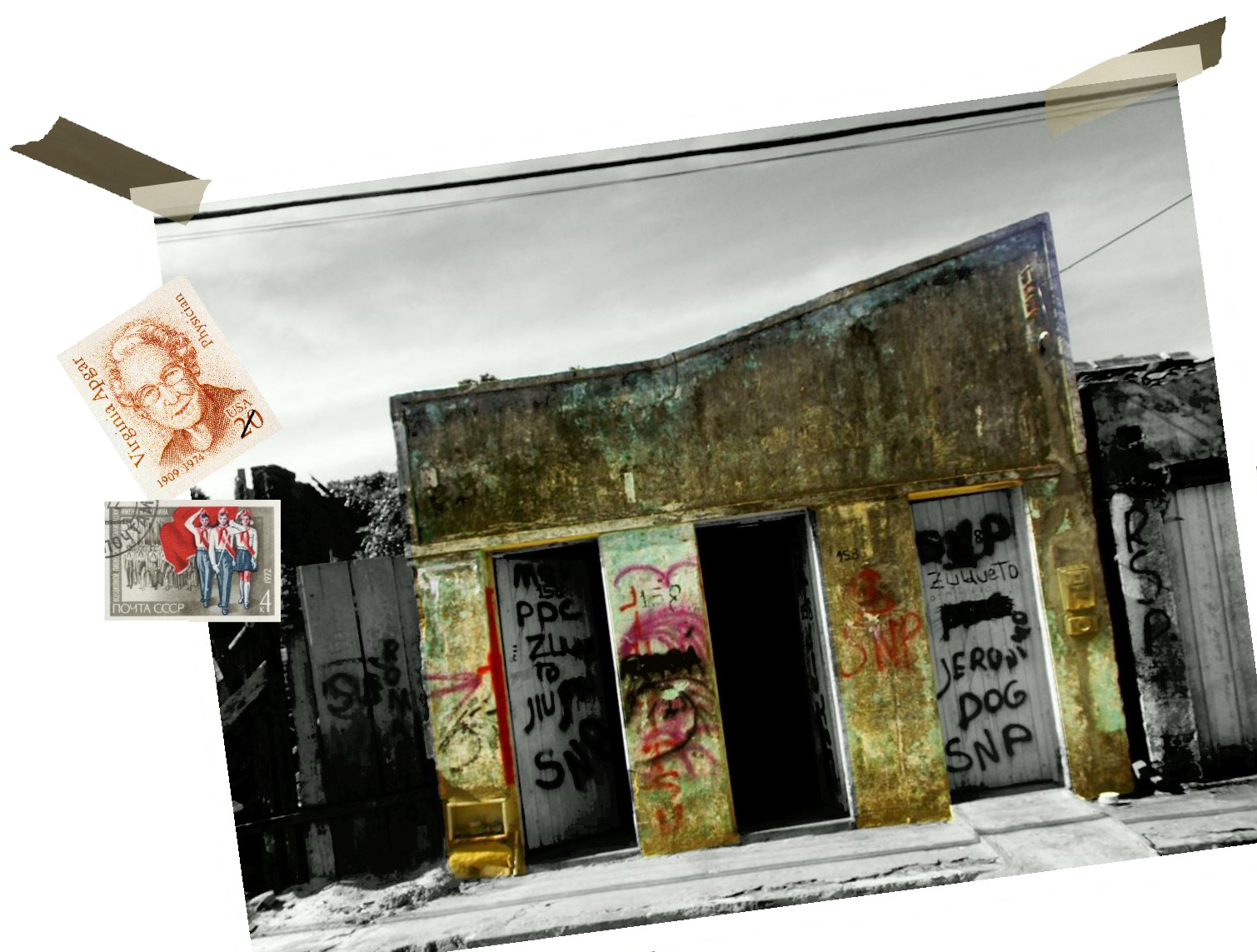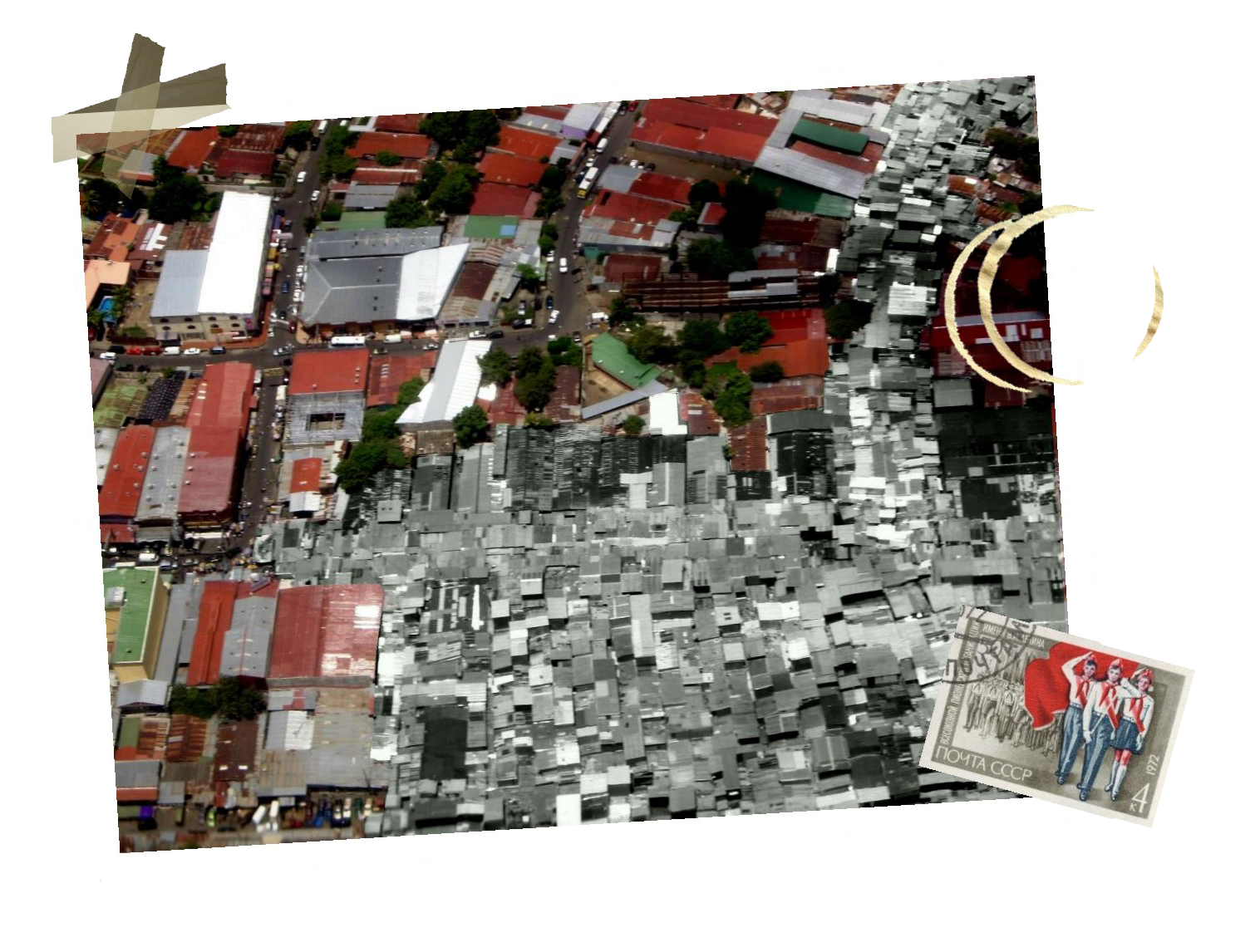Nakba
Chapter 1:
Nakba, is that city that is born from the center of each and every one. It is she, a city as unique and plural as any other, with a unique taste and freshness that freezes your blood to the point of burning. She, so sovereign and dignified, is the product of an articulated intention of different intentions to achieve a place, a home.
Did these intentions belong to any owner? The result of this is that this city is created due to the political and social movements of the time; being point to clarify that it really does not matter what the problem is, it may be a war or an infection, the point is that the answer identifies the city with its roots and creates a true agglomeration of aggregate sets.
Hopefully, the attempt to foster a new city, a new paradise that competed in a world that contextualizes situations and globalizes actions, fosters cultures and plays dice, hoping that some favorable number can transform the city into a cosmopolitan city in the best style of the others that cause admiration and respect.
Chapter 2:
Then, the inhabitants began to import culture, and even better, better sources of work, places that are reflected in the collective as giant and megalomaniac machines that help to boast the work of man and sophisticate the lifestyle of this city. Then, new things, new toys, new fun began arriving from the horizon. The light came, and with it the illuminated street, the cinema and the television. Therefore, the city behaved as a new reflection of society, a society that promised to put aside those old roots and plant a new tree.
Chapter 3:
From the horizon, the workforce of the oily machines also came to the city. New aggregates, new cultures, new urban mass that would leave the precarious weapons of subsistence and idealize foreign labor.
I realized this when with my backpack in hand I approached the city ... it was a simple moth attracted by the light of the valley. Thus, those invaders arrived who settled in places far from the political arms. They wanted independence, but they wanted to be part of the show. Therefore, the moths that kept dancing around the light, had no choice but to wait quietly on the periphery for attention, before the moment when the lamp flickers and leaves a free field for this strange population to begin to be participate in the industrial change of Nakba.
The only illusion is enough, but the reality is different. They are 2 different cultures in which they face different ways of thinking, acting and feeling. One culture subjugates the other and manifests itself over it. This is the case and will always happen, as long as so many actions are concentrated and compressed under pressure in these urban containers.
Chapter 4:
With the staging of the different existing dichotomies, the strange ones and their own; the city grew by absorbing everything he found and fell into his hands. That is why the ways of thinking and acting of its inhabitants are related to each other, even if the distances were eternal. Each inhabitant is a product, a sum of experiences and facts.
In Nakba, the inheritance itself was suffocated under the exotic halo that awakens the foreign, and they tried to copy every detail, each molding, each capital and each expression that aroused sensationalism and impression to globalize their cultural expression at a level that It will be considered superior. They tried to give foreign solutions to their own problems, to keep in the drawers everything native and above all, to bureaucratize their physical and mental spaces with refined protocols.
Chapter 5:
With the passing of the years, fashion, habits, food, glamor became more and more exclusive. The need for people to take for themselves the most basic elements for their survival and parallel, did not neglect the luxuries and comfort brought by the exotic phenomena of other parts.
This need begins to accelerate the processes of segregation among the same inhabitants, since the wealthy took refuge in walls to protect the valuable and useless of the desire who wanted to delight him.
The strategies became wild. This urban scenario is the work and grace of competitive individualism and segregationist policies in favor of an exclusive community. The savagery and barbarism of matter, became scars, cracks, failures and horrors that disfigured the face of that native Nakba that was founded; the emotions and thoughts of the times are projected on the subject and this makes us tell a story not very pleasant, shameful and painful. What we see is a transmuted language of what we think.
Chapter 6:
They say that it happened to history, that their experiences, experiences and realities were deposited in trunks and hidden so that nobody noticed; They say that nobody remembers their past and the few that did, dust are the earth. Today, it is another conglomerate in the earth's mantle, a conglomeration of corpses of spaces, deposited to their fate for their uselessness and annoyance. People have learned to carry their customs through difficulties, be they wealthy or poor.
As time eats the city, and she eats herself, selling more and more to strange impulses; The worst is that the limit between what is proper and what is not, is so dissolved, that it has simply become a mockery to talk about something native. Nakba then becomes the scene of living today and by my strength, where nobody knows anyone and its streets are labyrinths acquitted of seeking a collective exit.
[Lecture]
San Salvador, El Salvador: ELEA Norte, 2007.
First Place. Universidad Centroamericana UCA.
XXX National Architecture Congress.
Colombian Society of Architects / Colombian Organization of Architecture Students
Barranquilla, Colombia. 2007






